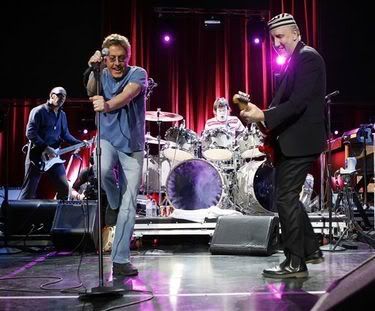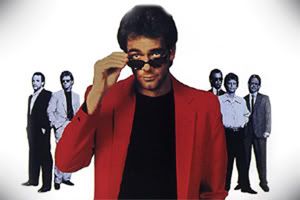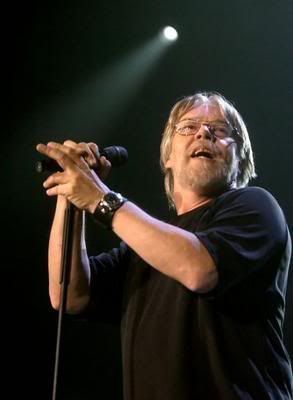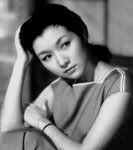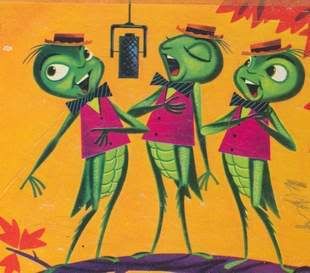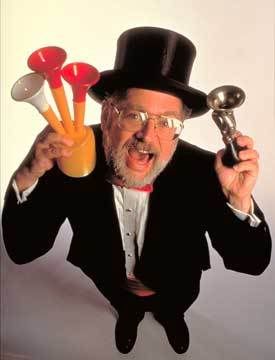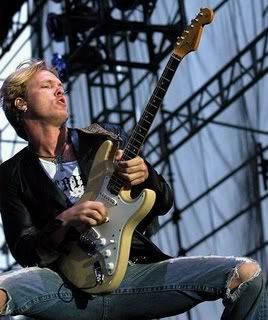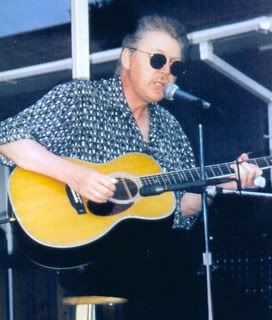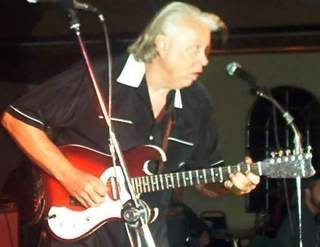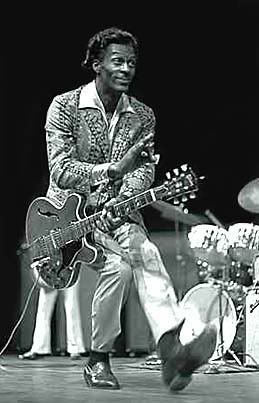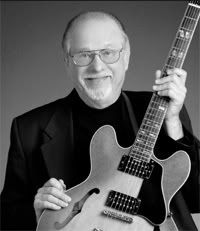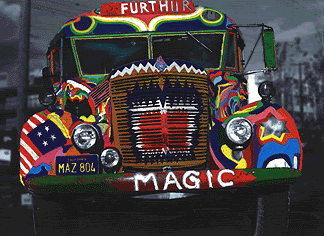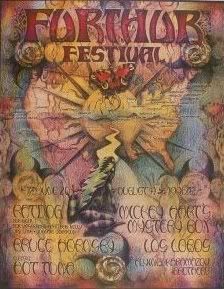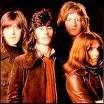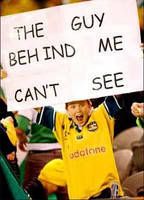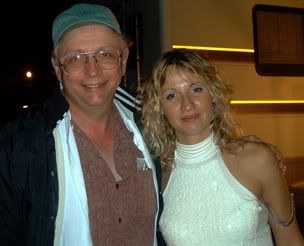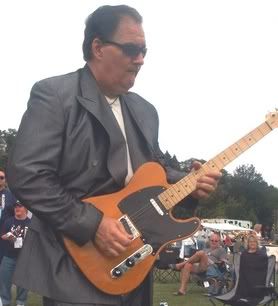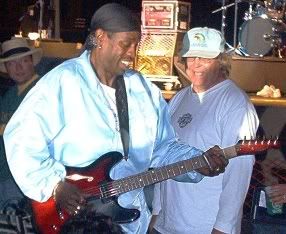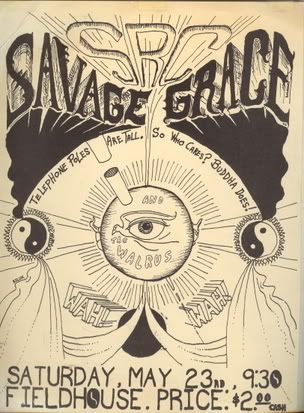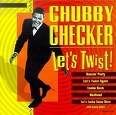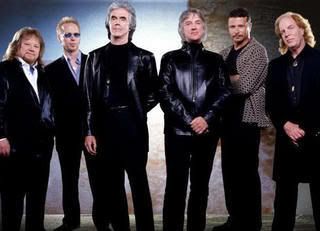
Sault Ste. Marie, besides being one of North America's oldest cities, has been the inspiration for a pair of memorable, if unimaginatively named, songs.
Crooner Dean Martin sang a tune called "Sault Ste. Marie" during a 1950s era radio program, while rock group Three Dog Night recorded a different song with the same name as a centerpiece to its "35th Anniversary Hits Collection."
If you were a pop music fan between 1969 and 1976, you know Three Dog Night. The trio of lead singers-- Danny Hutton, Cory Wells, and Chuck Negron-- formed a band in late-60s Los Angeles. They earned 21 Top Forty smashes, including the number ones "Mama Told Me (Not To Come)," "Joy To The World," and "Black & White."
Named for the coldest night in the Australian outback, the group disbanded in 1976, reformed in the mid 1980s and reunited again in the new century, this time without Negron.
Three Dog Night, which continues to tour, borrowed a trick from the Moody Blues and re-recorded their hits with an orchestral backing. The reunion album, released Oct. 19, 2004, contains 15 tracks recorded with the London Symphony Orchestra, under the direction of Larry Baird. Four bonus live tracks are also included.
Besides a generous portion of hits, the album contains "Overground" and "Sault Ste. Marie," the only new songs the group has recorded in decades.
The latter song, making a reference to the town known commonly as the "Soo," was actually written by Kevin Bowe, a talented musician and composer hailing from Minnesota. Throughout its career, Three Dog Night specialized in recording great songs rather than concentrating on writing their own material. The popular band made hits of songs written by Harry Nilsson, Laura Nyro, Randy Newman, Russ Ballard, Hoyt Axton, Elton John and Leo Sayer.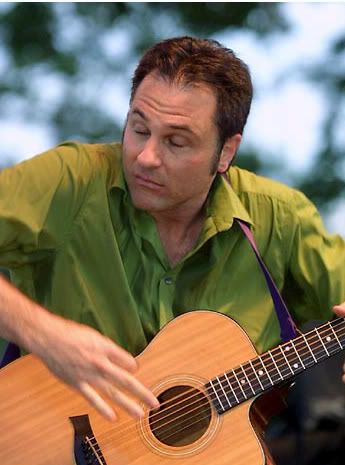
Now, add Bowe to that list. Leader of the Okemah Prophets, Bowe wrote "Sault Ste. Marie," with an assist from Bill Deasy, for the group's debut "Restoration" compact disc. Probably better known as a composer than musician, he has penned material for such famous musicians such as Kenny Wayne Shepherd, Jonny Lang, Etta James, Robben Ford, Lynyrd Skynyrd, Delbert McClinton, John Mayall and Richie Sambora.
"Sault Ste. Marie" is reminiscent of roots rockers such as John Mellencamp, Neil Young or John Fogerty, and features Jimmy Z on harmonica.
Bowe told me he came to write the song "totally from imagination and daydreaming. It's just the best name for a city anyone ever came up with."
He explained he became friends with Three Dog Night vocalist Danny Hutton as the group was searching for songs for the new album. "We became pals and they cut two of my songs, 'Sault Ste. Marie,' and 'The Heart of Everything,'" Bowe recalled.
Bowe's favorite memory concerning "Sault Ste. Marie" happened when he was doing a big festival in Duluth, right on Lake Superior. "The water was right behind the stage and as we kicked into the song, there was this loud noise, one of those foghorn things from a huge ship going by. We turned around, looked at it and the name on the side was 'Sault Ste. Marie,'" Bowe recounted.
The Soo's other musical cheerleader, Dean Martin, grew up in the small town of Steubenville, Ohio. Born Dino Crocetti on June 7, 1917, he enjoyed a lengthy career as a singer and actor until his death on Christmas Day, 1995, at age 78. He was a member of the Rat Pack and starred in his own television series and numerous movies including 16 with comedian Jerry Lewis.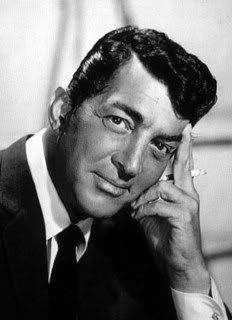
Martin, who's best remembered for "Memories Are Made of This," "Everybody Loves Somebody," and "Return To Me," recorded for Capitol and Reprise.
His recording of "Sault Ste. Marie" probably originated from the Martin & Lewis radio program which was broadcast live on the NBC network, beginning in 1948. The chorus of the tune includes the line: "So, my love, wait for me; and I'll come back to you in Sault Ste. Marie." The song appears on a compact disc entitled "Some Enchanted Evening," the contents of which has been released on various small labels in recent years. Martin's distinctive baritone makes the ballad a pleasant addition to his extensive discography.
Although "Dino" undoubtedly held small towns in warm regard, there's no evidence Steubenville's most famous son ever traveled to Sault Ste. Marie. Songwriter Bowe has never been there, either. "However, if someone there wants to book a gig, I'm on my way," he enthused.
On the other hand, I've been to the Soo on numerous occasions. Next time I visit, whether in person or through a song, I'll pay a little more heed.
